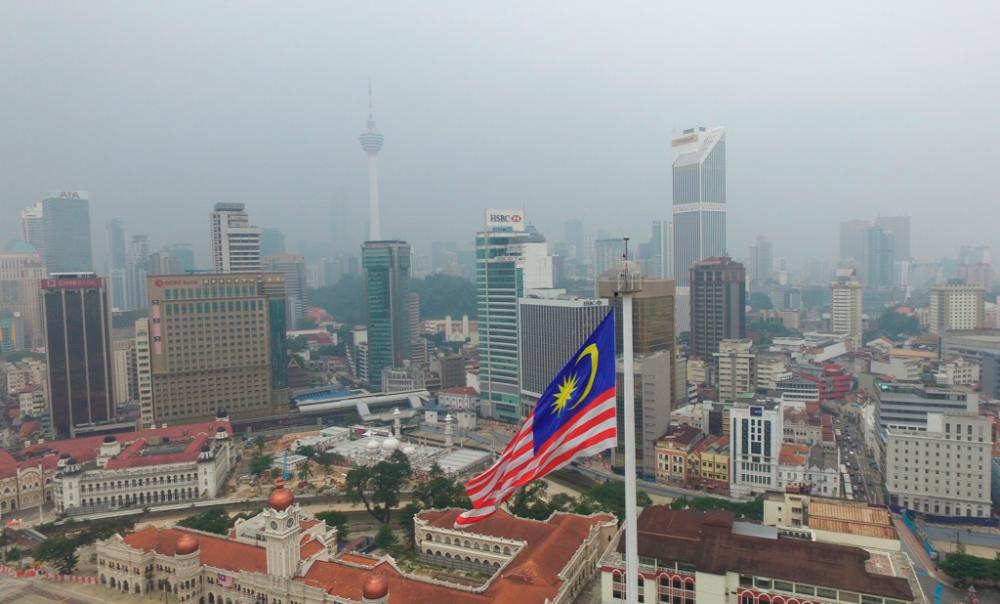PETALING JAYA: As the country propels in pursuit of greater economic prospects and esteemed social excellence, urban dwellers face inevitable struggles in the form of high cost of living, poor work-life balance and inadequate preparedness for natural disasters.
These struggles stem from one common root, which is migration concentrated towards economical nodes in cities.
Society for the Promotion of Sustainable Development Goals (SDGs) assistant secretary James Ryan Raj said migration from rural to urban areas for economic reasons is one of the major contributing factors to the struggles faced by urban dwellers.
“Post-independence day, Malaysia witnessed human migration and resettling taking shape, where cities became a haven for the rural population to relocate to and fulfil their economic needs, for better employment opportunities in urban areas.
“Big industries and multinational companies were more distributed and concentrated in big, industrialised cities such as Kuala Lumpur, Johor Baru and George Town,” he said.
This phenomenon led to rapid urbanisation. Based on Census 2020, Malaysia’s rural population has dropped to 22.84%, compared with 24.55% in 2017, while the urban population in Malaysia has seen an increase from 71.61% in 2011 to 77.7% in 2021, an increase of 6.09%.
UiTM Centre of Studies for Architecture senior lecturer Dr Zalina Samadi (pic) echoes Raj’s statement, saying that the trend of rapid urbanisation is a global phenomenon that may cause congestion and overdevelopment that will impact the quality of life of urban dwellers.
“This scenario can contribute to other problems. As the population density increases, there will be less adequate space for efficient and sustainable development, compensating for comfort and quality way of living.”
Zalina said as years go by, some people who cannot afford to pay for houses will settle in squatters, slums or houses that they will illegally build, leading towards uncontrolled development.
Addressing the issue of the oversupply of houses, Zalina expressed concern that many properties remain at their initial advertised price despite not attracting buyers.
Besides that, Zalina mentioned the dire need to solve traffic congestion within the Klang Valley. The problem is rooted in unplanned urban development and industrialised economic agenda, notably the booming local automotive industry revving its way from the 1980s until today.
“Urban dwellers suffer from poor work-life balance due to road traffic, in which they spend up to three hours daily commuting,” she said, adding that the problem is worsened by Malaysians preferring to commute in their own vehicles.
“Unfortunately, while infrastructure is growing, the human population is growing at a much faster rate.”
Zalina and Raj agree that if the urban conditions do not improve, Malaysia could see the creation of slums that will increase the national financial and social cost to mitigate the situation.
Speaking about the issue of the inability to mobilise in flood-prone areas during monsoon seasons, Society for the Promotion of SDG’s sustainability resource person Anthony Tan Kee Huat said there is an urgent need for flood-prone industrialised cities such as Kuala Lumpur, Kuantan and George Town to consider transforming into sustainable and flood-resistant cities.
“City planners need to review and upgrade the current drainage systems in major cities, many of which predate our independence day.
“The replacement of trees and grass areas with concrete buildings, roads and pavement has reduced the capability of the ground to absorb the run-off from any downpour.
“Improving existing drainage systems can include enlarging and deepening drains and rivers. Introduce, for example, Smart tunnels for diversion, create temporary retention ponds and even build artificial underground aquifers for water storage.”
Tan said it is far better and cheaper to plan a sustainable and flood-resistant city from scratch.
“We can look at Putrajaya and the Iskandar Regional Development Authority as two examples of cities incorporating the latest infrastructure technology including drainage and wetlands, district cooling system and energy-efficient buildings, just to name a few.
“City planners and authorities must consider the best ways older cities can be systemically redeveloped.”









